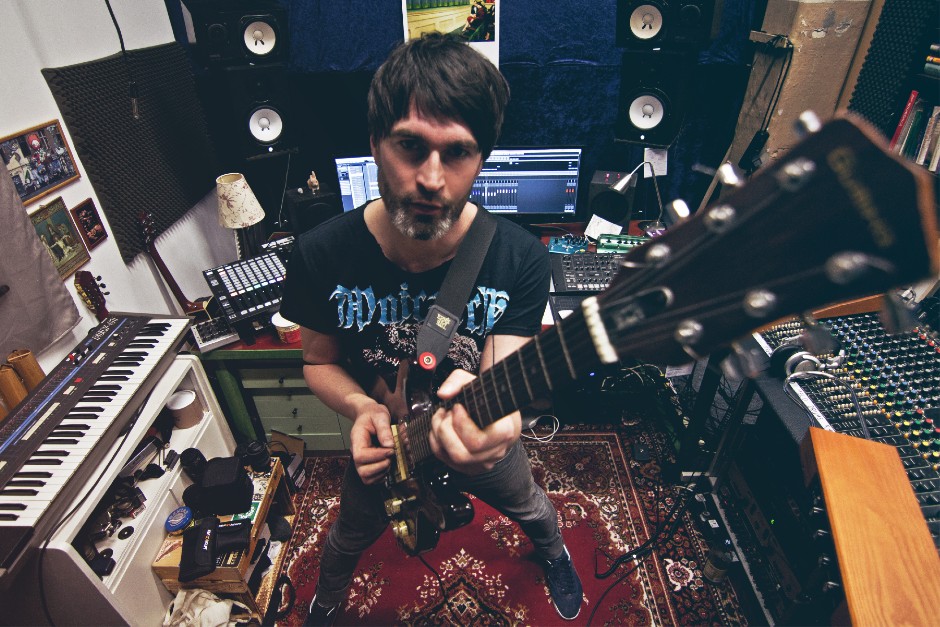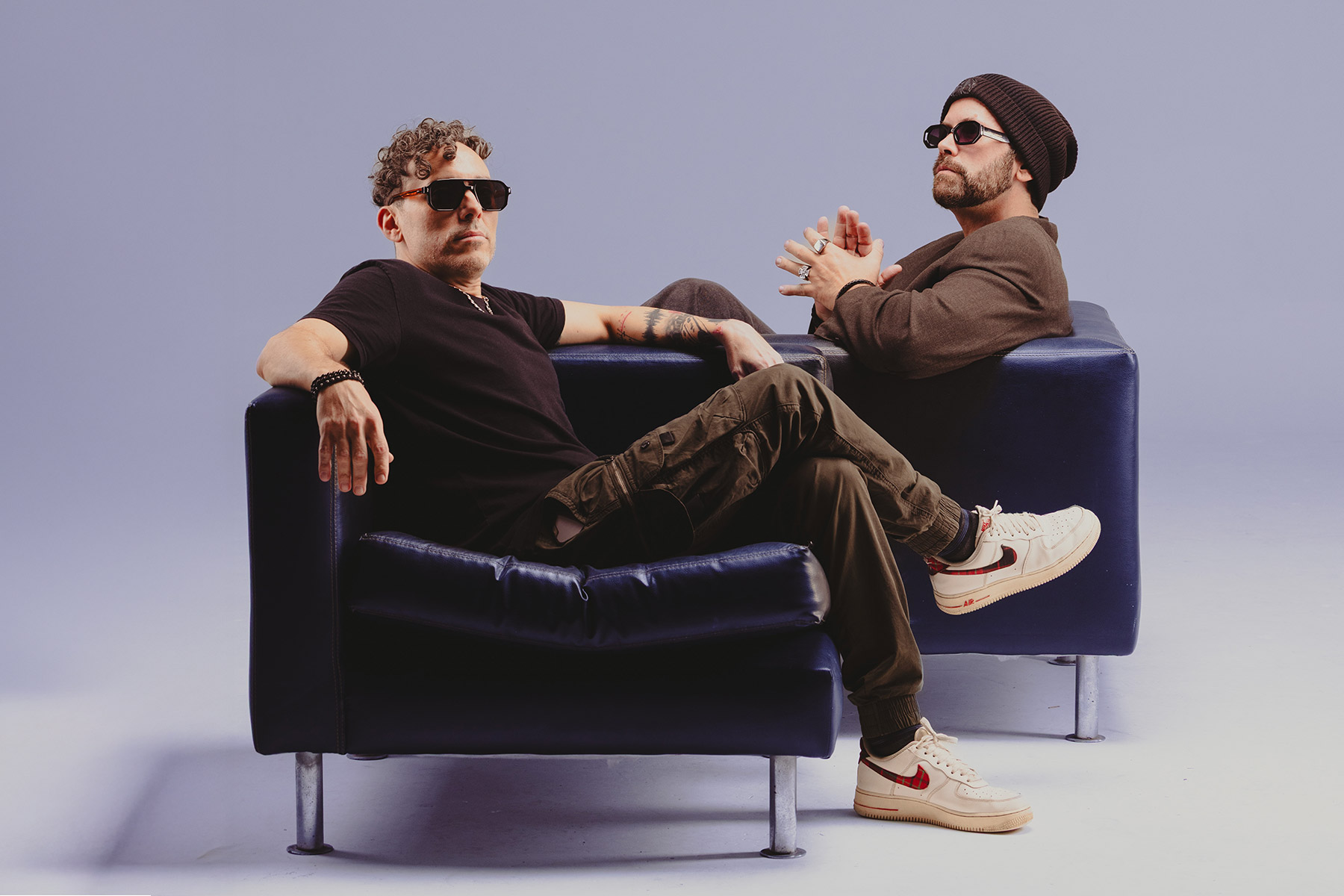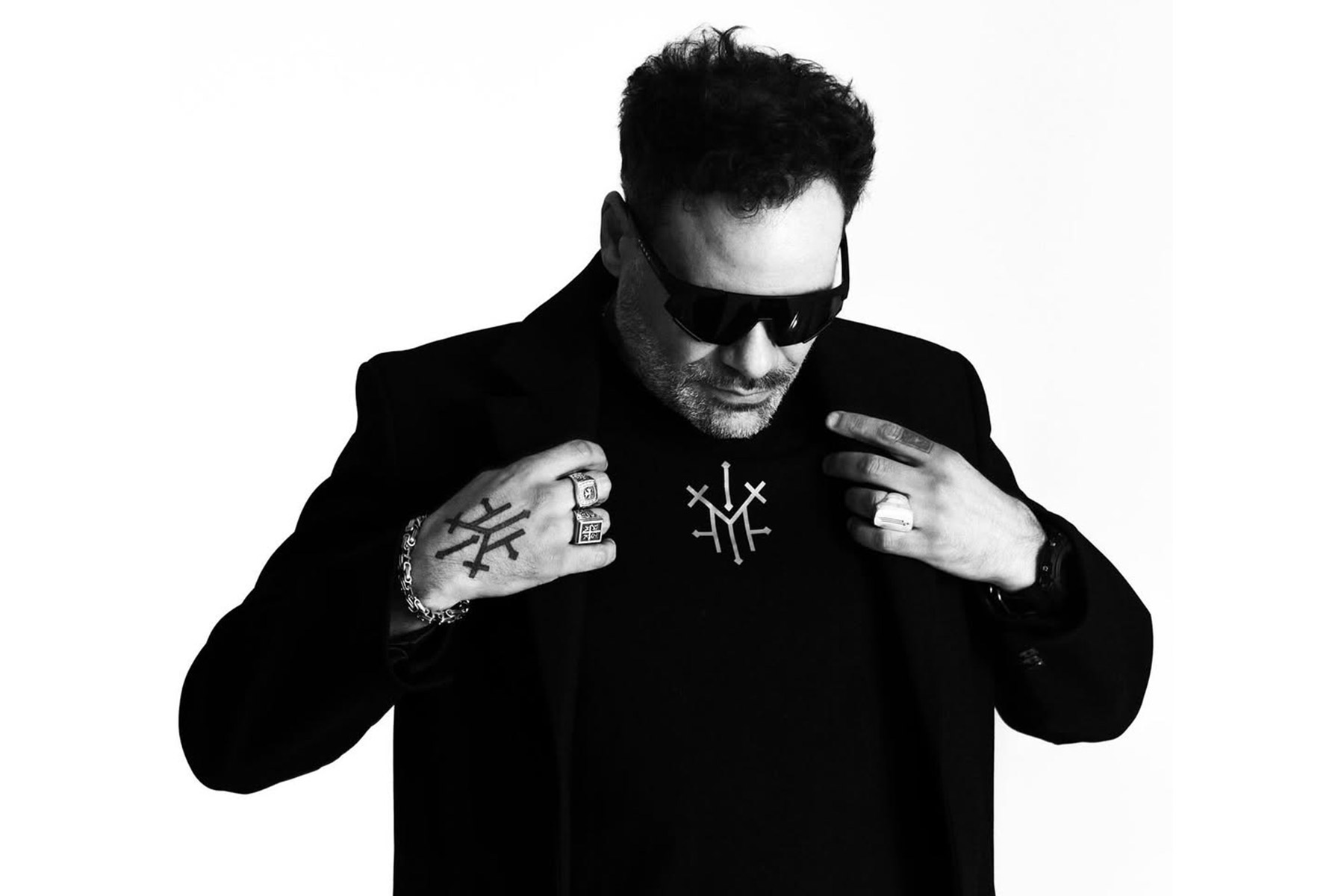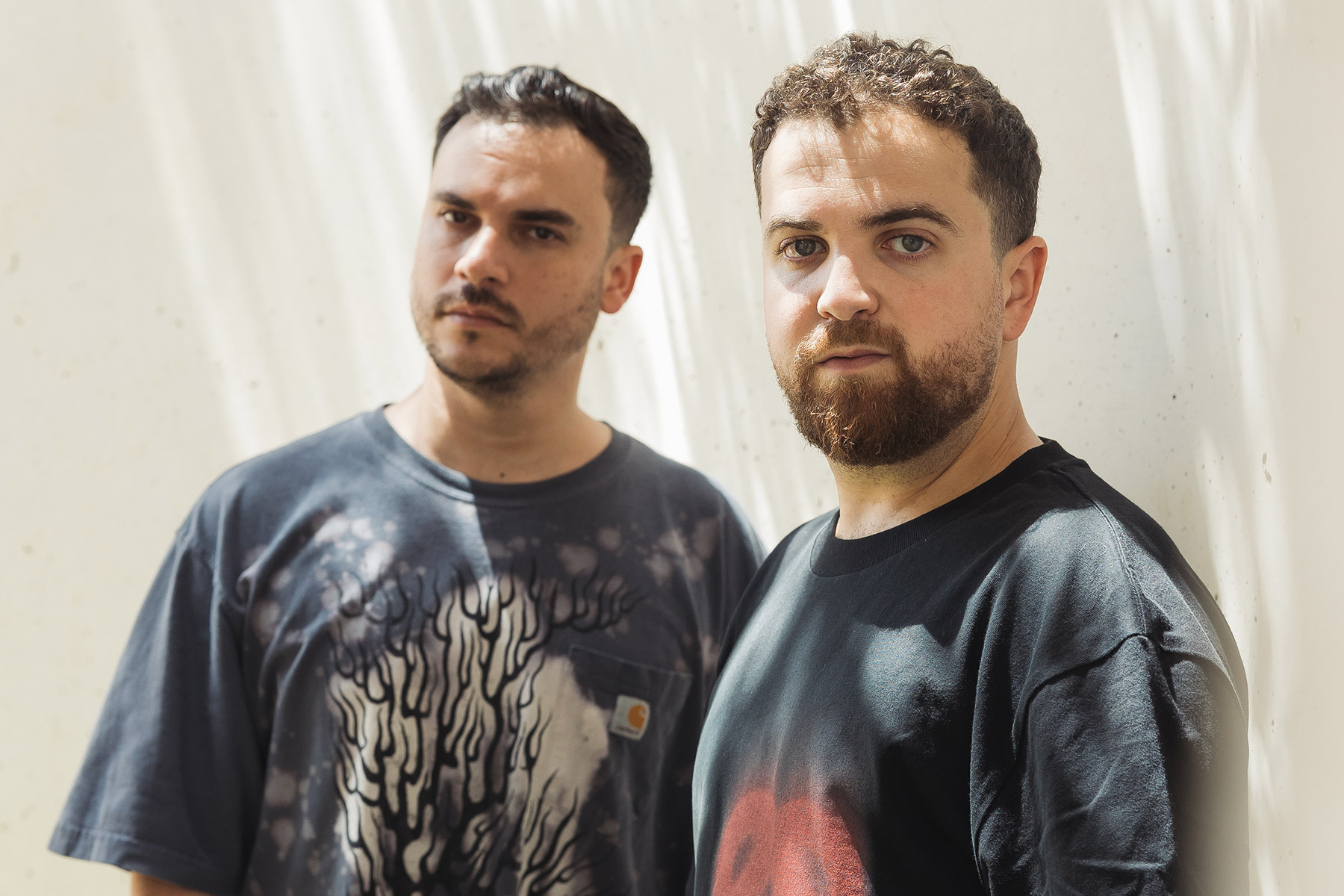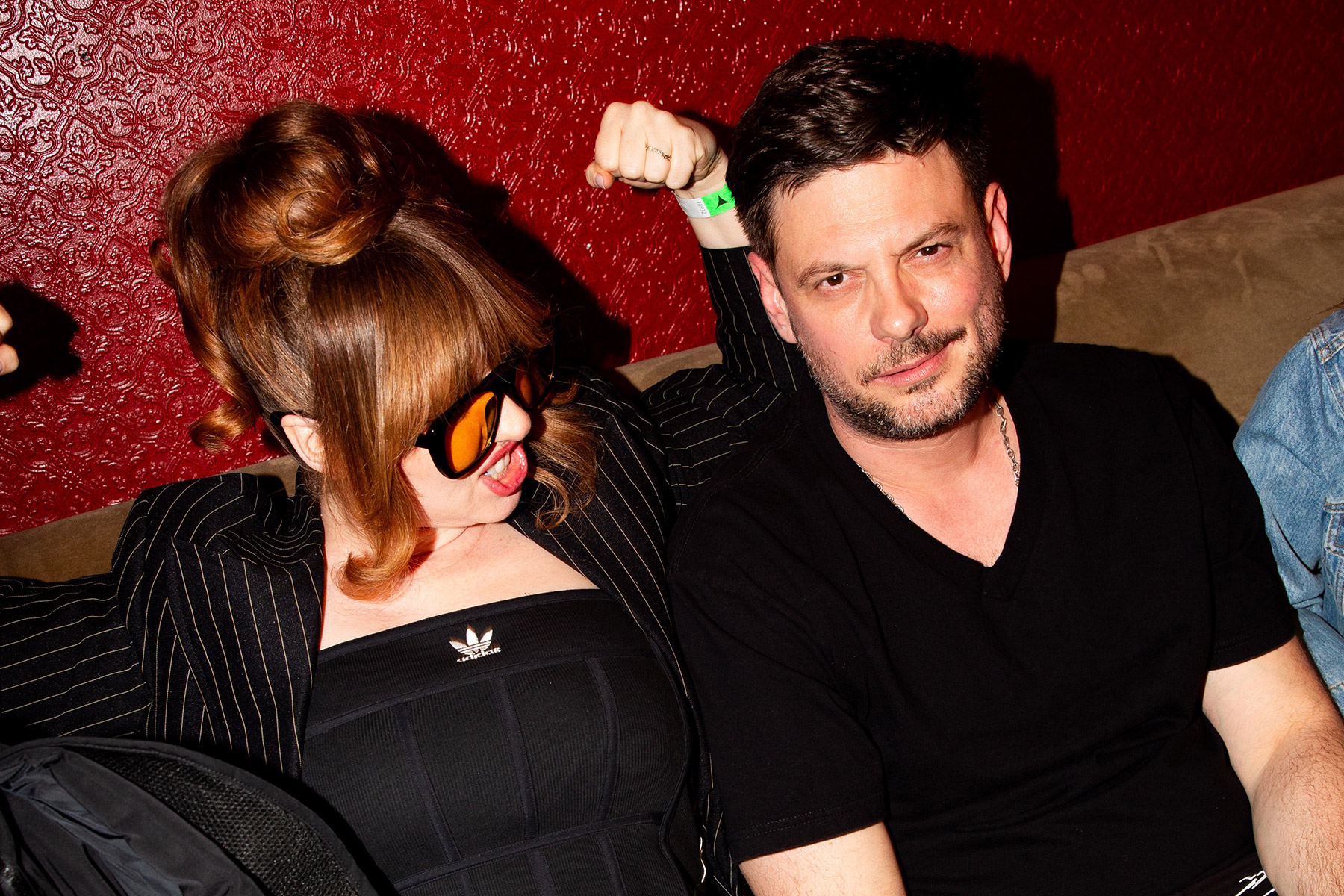Considered by many as a one-man orchestra, Stefan Streck, aka The Micronaut, has successfully built a bridge between him and the audience with a timeless mixture of electronica and broken beats. The musical snapshots of The Micronaut draw their expressive power and liveliness from a play of contrasts: Between 2-Step, broken bass music rhythms and stomping straightness, between catchy melodies and subliminal drama, between electronic sound synthesis and human vocals. These little bits and pieces might be of very different nature, but together they complement each other and work in perfect harmony, creating the big picture.
The Micronaut just released a new track,‘Swimming (feat. Bernhardt.)’, that is part of his forthcoming album ‘Olympia’ to be out this summer, and he took a little of his time to show us some of his production techniques.
1. Never stop experimenting
When I started producing electronic music, I was just naive. I tried a lot, there was no pattern to follow, it was a huge playground with so much to discover and that’s how my first album was created. In the course of time, I learned more and more and knew how to produce the sound in the way I wanted it to be, or what synthesizer I have to use to create a particular sound. At some point, the studio was no longer a playground but a workplace. When I listen back to my first tracks I asked myself how I came up with these crazy ideas, how I managed to produce in this way with the simplest technology. I realized I want this playground back. I’m trying out things I never did before, I’m sending a lot of tracks through guitar amps and through effects again and turning the knobs in real-time, I borrow equipment from friends just for one recording, I don’t do the same track twice, I don’t use drum samples twice. I record on tape, I crumple up the tape and record it again. I start from scratch every time and I want to surprise myself. That’s the only way to keep it exciting and to keep discovering.
2. Own samples
Even the coolest groove and swing can still sound static or artificial when making electronic music. To make it sound natural to my ears, I record almost all percussion sounds myself. I have so many different shakers, jingle rings, etc. I record a 4 bar loop or sometimes just a single hit. The important thing is that the microphone is like an ear, some sounds are in the front and some are further away and so I record them so that I don’t have to use an artificial room. I have also sampled my whole kitchen; clattering from cutlery, salt shakers, fridge door, cooking pots, glasses with and without water etc… My bike was also a great sound source for percussion sounds. If you make your own samples every track gets your personal touch – which you will appreciate later.
3. Keep the vibe
Often when I have found a sound and a harmony that blows my mind, I want to keep that vibe and sometimes I am even afraid of losing that feeling. I then record this loop and save it as a sketch. When I continue to produce I sometimes notice that it still sounds good, but I somehow went a different direction and lost that initial euphoria. Then I listen to this first sketch and I realize again what impressed me so much about it at the start. I go back to it so I can control the creative flow better and avoid the danger of losing myself in overproduction. Often I also notice that I find it much better raw and pure than polished and clean.
4. Plugins vs Hardware
Whenever I had money, I invested it in the studio. I have a Prophet 6, Korg MS2000, Minilogue, Novation Peak, and a Poly 61. I am very happy about this and it’s definitely a lot of fun to put sounds together by myself, and of course, the Poly 61 sounds better than the plugin. But still, I wouldn’t depend on technology and my first album was made on a laptop. Plugins also sound great and you really don’t need any hardware to create a good sound. The most important thing is 2 healthy ears. If you listen carefully, analyze, use EQs and effects correctly, you will reach your goal even without any hardware. If it sounds good, then it sounds good, no matter what you have produced it with. The only reason why I like to use hardware is the fun factor. I spend a lot of time screwing around and experimenting, and it’s much more fun to turn the cutoff analog than to record it in the DAW, just as an example. But I don’t get a better sound out of it.
5. Inspiration and influences
Many musicians do not listen to music at home after a long day in the studio. Music accompanies me the whole day, I even have a record player in the kitchen. Bands like Stereolab, Dinosaur Jr, Jaga Jazzist, or even Prefuse 73, Ed Rush & Optical have been with me for a long time. All of them have very little to do with my music and yet all of them have a huge influence on me. It’s all about the feeling I have when I listen to their music. I want to have the same feeling when I listen to my music. It’s this dramatic, this liveliness, this feeling of courage and hope and also tragedy, sexiness and all this rather subtly and not superficially. I want to be moved by the music, and only tracks that express this can do that.
The Micronaut’s ‘Swimming (feat. Bernhardt.)’ is now available. Stream and buy here.

